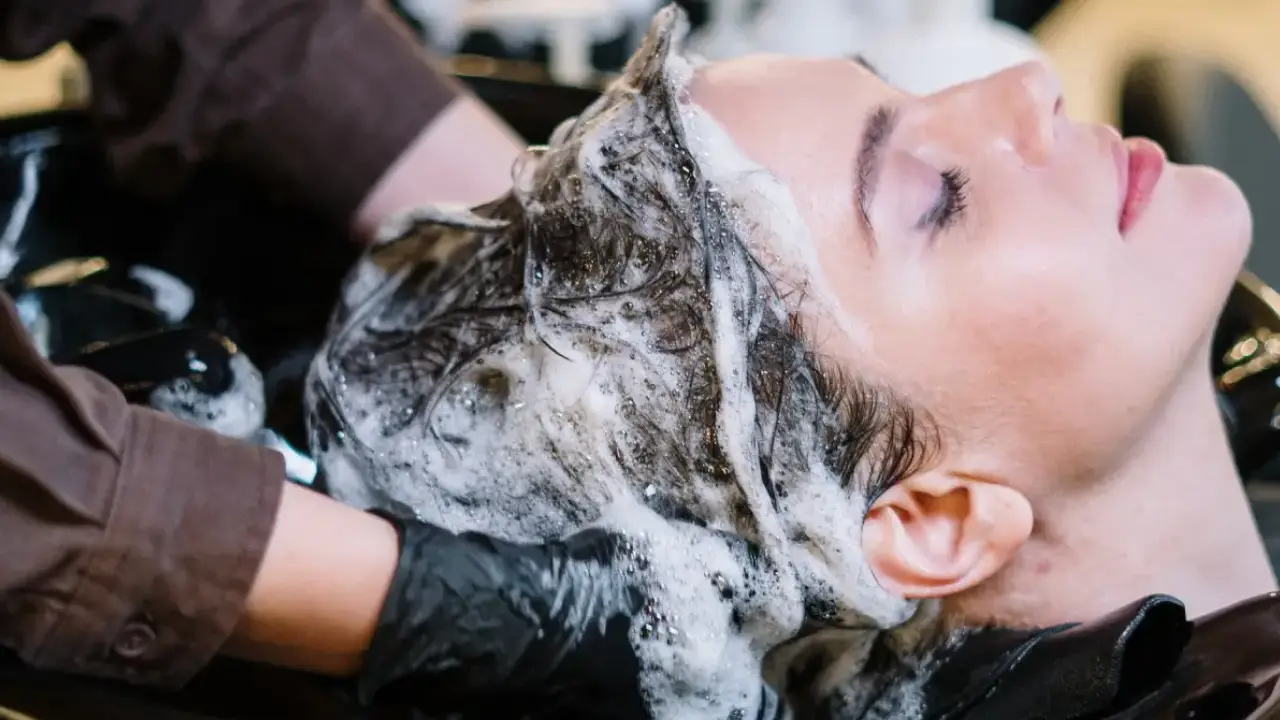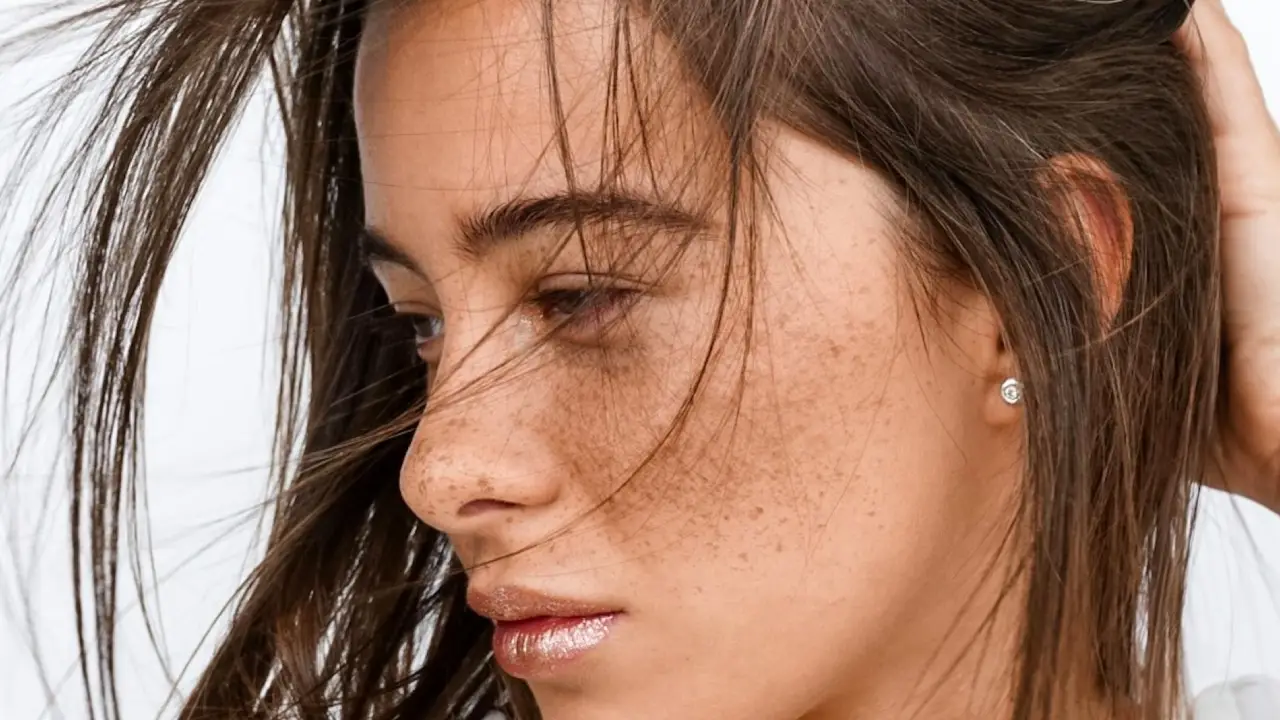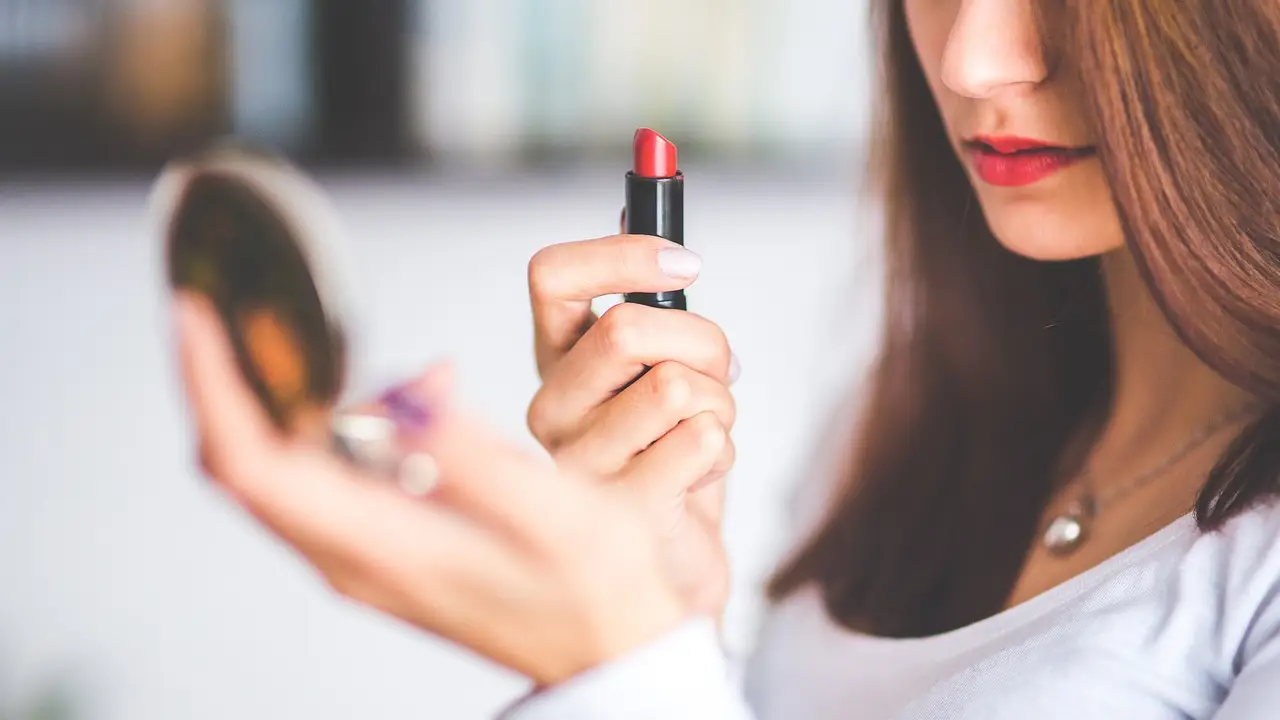Beauty is a topic that has been studied and debated for centuries, with various theories on what constitutes beauty and how it can be achieved. One of the factors that has received increasing attention in recent years is genetics, specifically the role of nature versus nurture in determining one’s physical appearance. This blog post will explore the topic of genetics in beauty, looking at the science behind it, the debate between nature vs. nurture, and the implications of this debate for society.
What is Genetics?
Before we delve into the role of genetics in beauty, it is important to first understand what genetics is. Scientists study how traits are passed down from parents to offspring through their DNA in genetics. DNA, or deoxyribonucleic acid, is a complex molecule that contains genetic information. Every cell in the body contains instructions for the development and function of all living things.
The Role of Genetics in Beauty
When it comes to beauty, genetics plays a significant role in determining certain physical characteristics. These include facial symmetry, skin tone, hair texture, eye color, and body shape. Let’s take a closer look at some of these traits and how they are influenced by genetics.
Facial Symmetry
Facial symmetry refers to how closely aligned the features on one side of the face are to the other side. Studies have shown that people generally consider individuals with more symmetrical faces more attractive than those with less symmetrical faces. This is because symmetry is believed to be a sign of good health and genetic fitness.
Skin Tone
The amount and type of melanin in the skin determine skin tone. Special cells called melanocytes produce melanin. Genetics determine the amount of melanin in the skin, and different populations have varying levels of melanin production. For example, people with African ancestry tend to have more melanin in their skin than people with European ancestry. Skin tone can also be affected by environmental factors such as sun exposure and diet.
Hair Texture
The shape of the hair follicle determines hair texture. People with round hair follicles tend to have straight hair, while people with oval or flat hair follicles tend to have curly or wavy hair. Genetics largely determine hair texture, but environmental factors like heat styling and chemical treatments can also influence it.
Eye Color
The amount and type of pigments in the iris determine eye color. The two most common types of pigments are melanin, which gives brown and black eyes their color, and lipochrome, which gives blue and green eyes their color. Genetics largely determine eye color, although environmental factors like light exposure can also influence it.
Body Shape
Genetics largely determines body shape, although environmental factors like diet and exercise can also influence it. Various health risks are associated with different body shapes. For instance, individuals with apple-shaped bodies, where fat accumulates around the abdomen, face a higher risk of heart disease and diabetes compared to those with pear-shaped bodies, where fat gathers around the hips and thighs.
Nature vs. Nurture
The debate between nature vs. nurture has been ongoing for centuries. Each side argues that their influence is more important in shaping human development. When it comes to genetics and beauty, the nature vs. nurture debate is no different.
Nature
The nature argument posits that genetics plays the most significant role in determining one’s physical appearance. Proponents of this argument argue that genetics largely determine certain physical traits. These include facial symmetry and skin tone, making them difficult, if not impossible, to change.
One of the most significant pieces of evidence in support of the nature argument is twin studies. Twin studies compare the similarities between identical twins who share 100% of their DNA to fraternal twins, who share only 50% of their DNA. Twin studies have found that identical twins are more similar in their physical appearance than fraternal twins. This suggests that genetics plays a significant role in determining one’s physical traits.
Another piece of evidence in support of the nature argument is the fact that certain physical traits are more common in certain populations. For example, people with African ancestry are more likely to have darker skin than people with European ancestry, which suggests that genetics plays a role in determining skin tone.
Nurture
The nurture argument, on the other hand, posits that environmental factors play a more significant role in determining one’s physical appearance. Proponents of this argument argue that environmental factors like diet and exercise can influence certain physical traits, such as hair texture and body shape.
One piece of evidence in support of the nurture argument is the fact that physical appearance can change over time. For example, someone who spends a lot of time in the sun may develop a tan, which can change their skin tone. Similarly, someone who loses weight through diet and exercise may change their body shape.
Another piece of evidence in support of the nurture argument is the fact that cultural standards of beauty vary widely across different societies and time periods. In some societies, people consider overweight individuals attractive, while in others, they consider thin individuals attractive. This suggests that cultural factors significantly influence perceptions of beauty.
Implications for Society
The nature vs. nurture debate has significant implications for society, particularly in the areas of beauty standards and discrimination. Genetics significantly influences physical appearance, potentially leading to the assertion that some groups inherently possess greater beauty than others, fostering discrimination based on physical looks.
Conversely, when environmental factors assume a more significant role in shaping physical appearance, one can argue that beauty becomes subjective and culturally defined, ultimately promoting greater acceptance of diversity in physical looks.
Conclusion
In conclusion, genetics significantly influences the determination of specific physical characteristics associated with beauty. These include facial symmetry, skin tone, hair texture, eye color, and body shape. However, the debate between nature and nurture continues, with proponents on each side arguing that their influence is more significant. This debate has significant implications for society, particularly in the areas of beauty standards and discrimination. Genetics plays a complex and multifaceted role in beauty, and researchers need further study to fully comprehend its impact.





